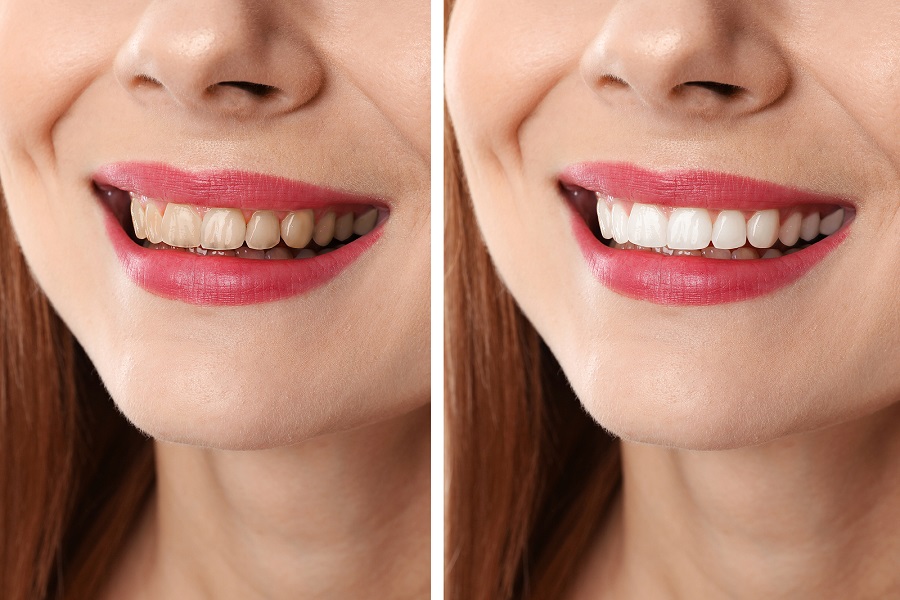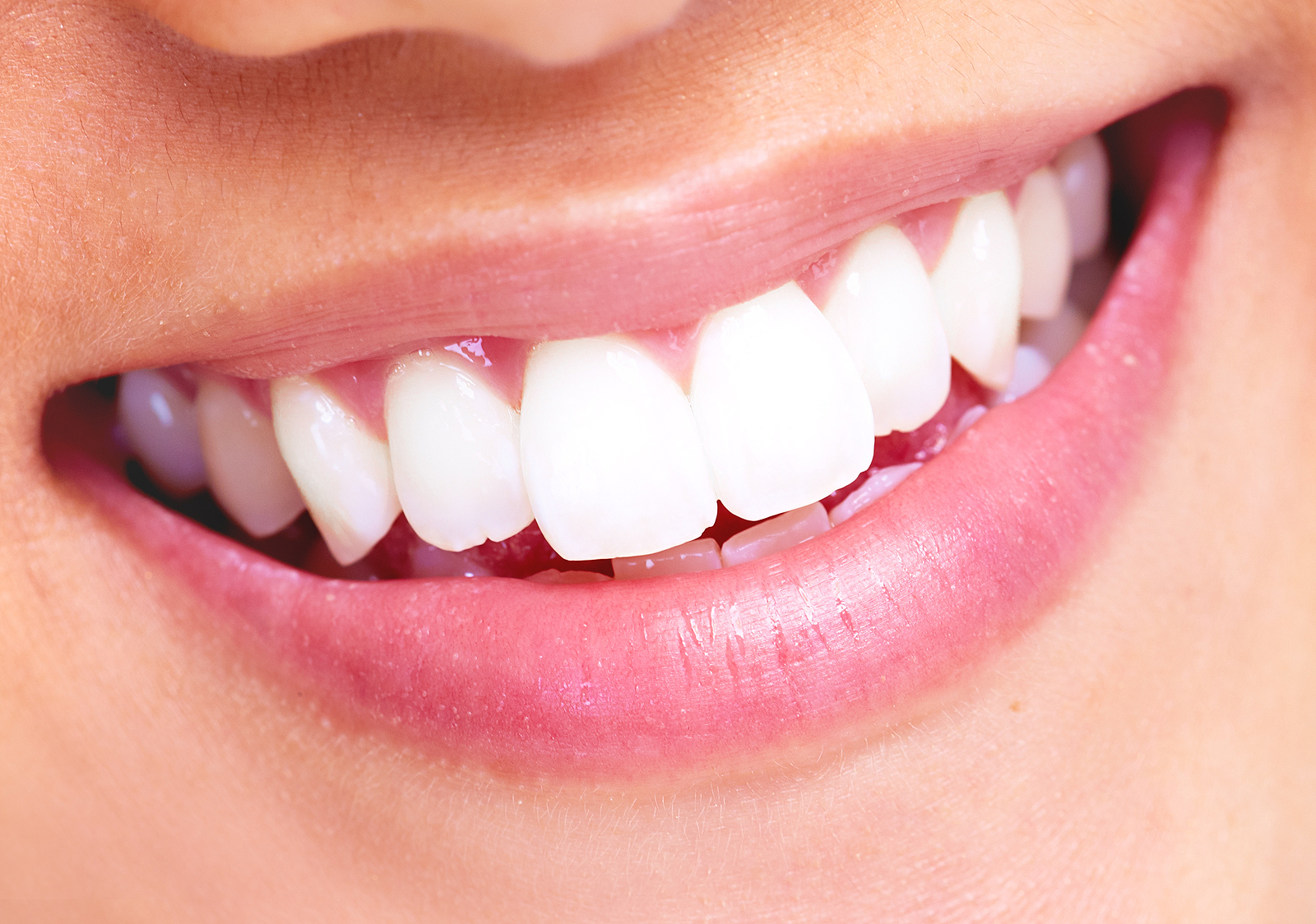TREAT YOUR MOUTH LIKE ROYALTY: PUT A CROWN ON IT
Receiving a crown is a very common dental procedure that can address a number of dental problems. Crowns, which are often ceramic caps, cover the natural, damaged tooth in order to restore it to its former appearance and function. Crowns can either be all ceramic, or made from stainless steel, all metal, such as gold, porcelain fused to metal, or all resin.
WHEN PRECISELY DOES SOMEONE NEED A CROWN?
A patient may need a dental crown if he or she has experienced significant trauma to their teeth, through an accident or caries damage. Certain patients are also candidates for crowns, if they have ugly teeth or have significantly damaged their teeth through grinding or clenching. When trauma to the teeth compromises the structure of the tooth or teeth, a crown is needed to repair and protect the teeth from further damage. Aside from any type of physical trauma, tooth decay and gum disease are the leading causes for tooth damage and need for a crown. The structural damage to the tooth from advanced stages of oral infections causes need for a myriad of treatments, including crowns. Another reason a patient may choose to get one or several crowns is for cosmetic reasons. Patients with missing teeth often have trouble chewing food and also feel self-conscious. In order to look their best again, crowns, as part of a dental bridge, can fill in gaps and create a natural looking replacement for missing teeth. Crowns are long lasting, look as nice or even better than the natural tooth, and perform just as a natural tooth would.
WHAT DOES THE CROWN PROCEDURE ENTAIL?
The dental crown procedure is less invasive and time consuming than other cosmetic dentistry procedures, such as dental implants, and the procedure can often be completed in just one or only a few dental office visits. In preparation for the crown, the natural tooth is filed down in size, so that the crown can be fitted and attached. The crown is then permanently attached to the natural tooth, or a dental implant or bridge, if those are needed. While the permanent crown is being made by the dental lab, the patient will receive a temporary crown that is attached with temporary cement prior to the final crown being permanently attached. Once the permanent crown is attached with permanent cement, a follow-up appointment will be required to see if there are any problems with the fit or the hold. Crowns are intended as permanent replacements to natural teeth. The longevity of the crown heavily depends on the patient’s habits and oral health. To maximize the life of your crown, stay away from possible trauma, follow a recommended oral health care routine, and wear a mouthguard if you are a chronic teeth grinder. To care for a temporary crown, avoid eating sticky foods, chewing gum, very hard or rough foods, and don’t pull floss up and down (only side to side). Crowns not only create a beautiful smile, but they also assist in creating a stronger and healthier mouth. Patients with damaged or missing teeth are often amazed at how nice their smile looks after getting crowns. Crowns help replace missing teeth, don’t slip or come out like dentures, are stain resistant, and, above all, are very natural-looking. Since they are cleaned just like the natural teeth, crowns are a wonderful option for patients who want to repair or revitalize their smile.






















0 comments